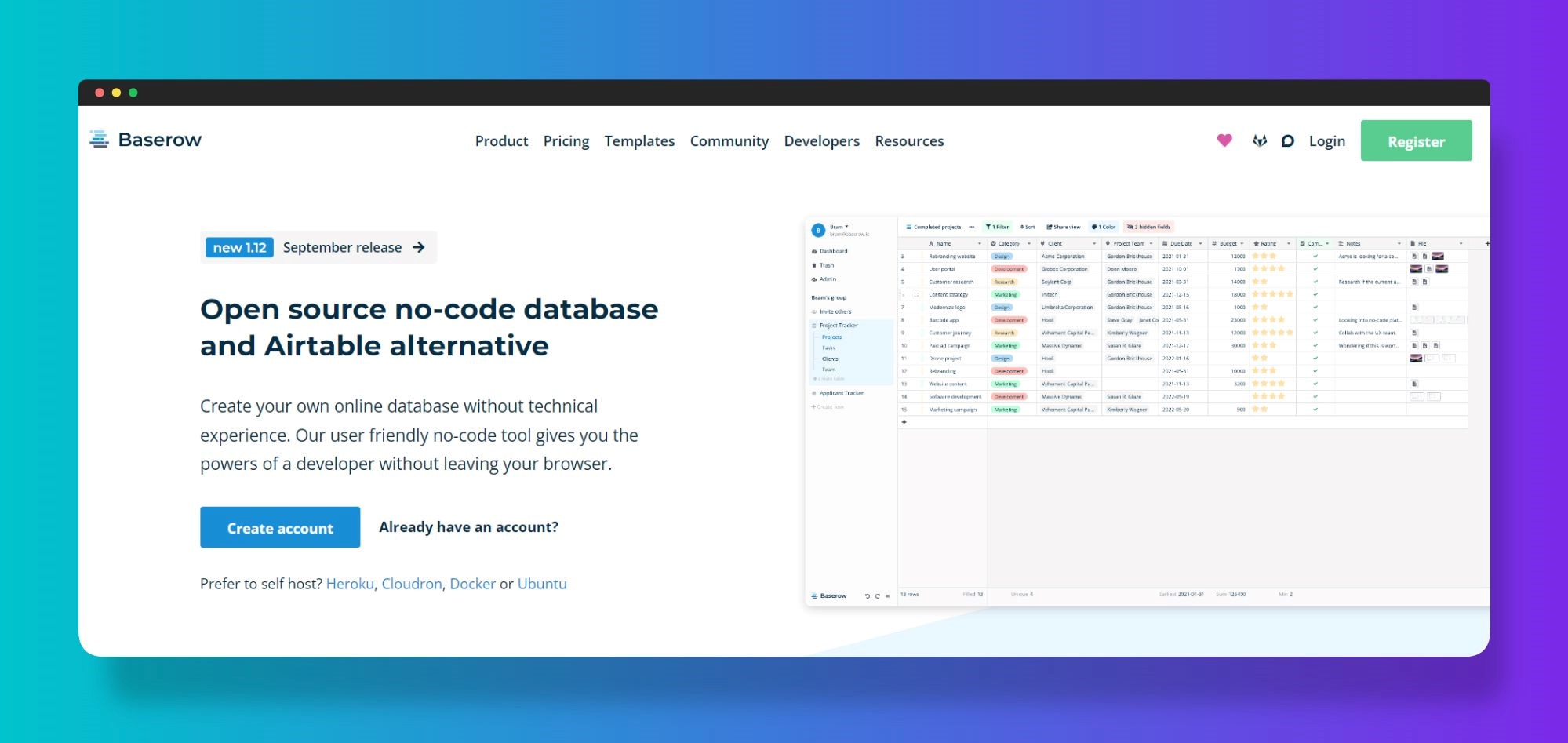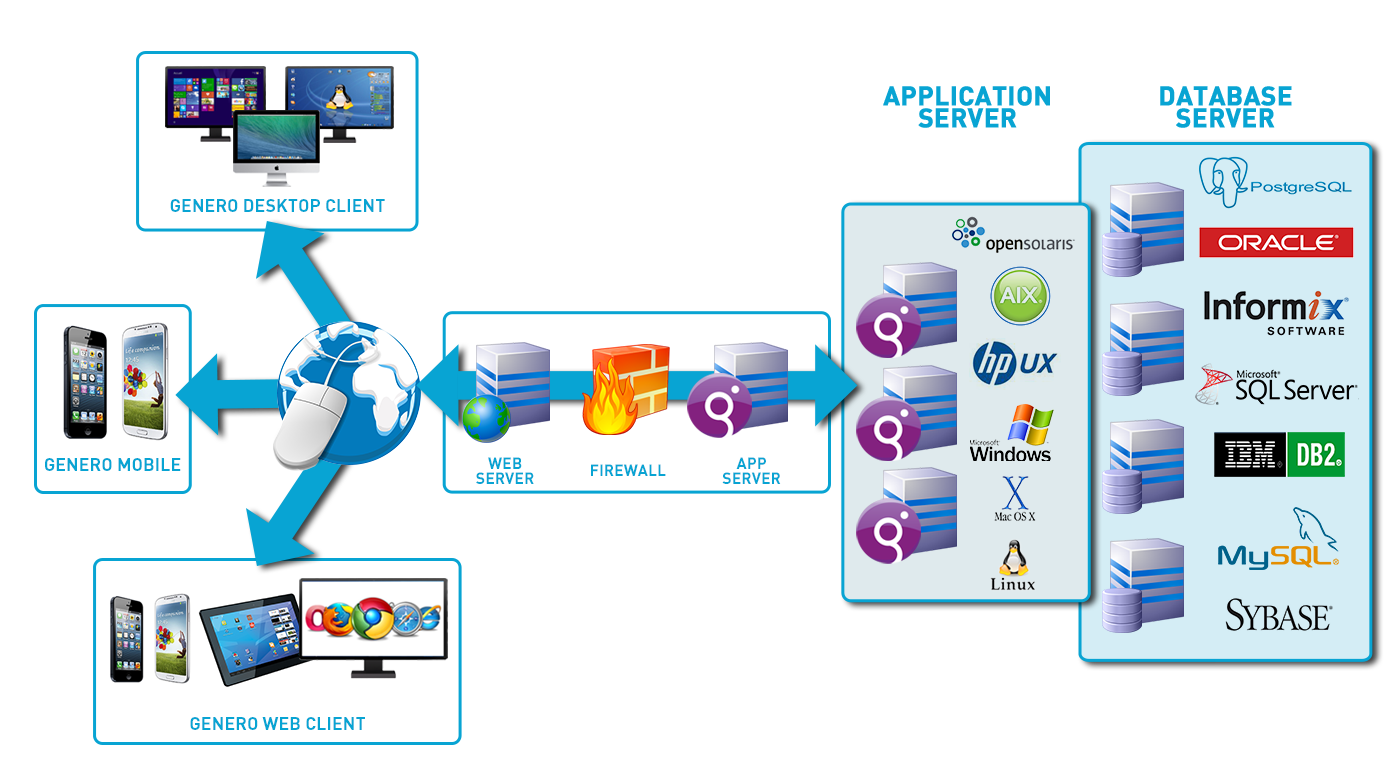Open the Power of No-Code for Open System Data Source Development
Open the Power of No-Code for Open System Data Source Development
Blog Article
Discovering the Advantages of Scalable Data Sources That Call For No Coding Abilities for Efficient Information Management Solutions
The introduction of scalable data sources that remove the need for coding abilities presents a transformative opportunity for organizations looking for effective data monitoring solutions. As we consider the effects of such developments, it becomes important to check out how they can reshape the landscape of information administration and drive lasting growth in an affordable atmosphere.
Boosted Accessibility for Customers
Improved availability for customers is a vital aspect of scalable databases, making certain that information monitoring systems are easy to use and instinctive. In an era where data-driven choices are vital, accessibility allows a bigger series of individuals, including those without extensive technical knowledge, to involve with data source systems successfully. This democratization of data gain access to assists in enhanced partnership throughout departments, equipping staff members to make and extract understandings educated choices.
Easy to use interfaces, such as drag-and-drop features and aesthetic information depiction, streamline complex information communications. These improvements minimize the discovering curve related to standard data source administration, enabling individuals to concentrate on leveraging data instead of grappling with technological complexities. Scalable databases usually include personalized dashboards and real-time analytics, offering users with prompt insights tailored to their certain demands.

Cost-Effectiveness and Resource Cost Savings
Efficient information monitoring not just hinges on accessibility but likewise on cost-effectiveness and resource savings. Scalable databases developed for users without any coding skills substantially reduce financial problems typically connected with traditional database administration systems. By getting rid of the need for specialized programming expertise, companies can allot their resources a lot more efficiently, concentrating funds on core business tasks as opposed to extensive training or hiring knowledgeable personnel.
In addition, these data sources typically make use of cloud-based remedies, which even more decrease expenses connected to equipment and upkeep. Organizations can scale their database remedies according to their requirements, avoiding the expenses sustained from over-provisioning sources. This adaptability implies businesses can adjust to altering demands without incurring unnecessary prices, leading to significant long-term cost savings.
Additionally, user-friendly interfaces improve information entrance and monitoring processes, minimizing the moment invested in management jobs. This performance translates right into labor expense savings, allowing groups to concentrate on calculated campaigns as opposed to regular upkeep. Overall, embracing scalable data sources that need no coding skills fosters a more economical method to information administration, enabling companies to optimize their sources while keeping high levels of operational effectiveness.
Improved Cooperation Throughout Teams

Furthermore, scalable data sources help with smooth communication among employee. With user-friendly user interfaces that call for no coding skills, staff members can easily produce, change, and share reports or control panels customized to their particular needs. This democratization of data empowers non-technical users to contribute understandings, enhancing the collaborative setting.
Furthermore, these databases support simultaneous access, enabling multiple individuals to work with the exact same dataset simultaneously. This attribute boosts productivity, as groups can participate in joint information analysis without the danger of variation control issues. The ability to leave notes or comments straight within the data source further advertises discussion and makes clear information analyses.
Streamlined Data Administration Processes
In today's data-driven setting, organizations acknowledge the necessity of structured information monitoring processes to make best use of effectiveness and accuracy. By leveraging visit this website scalable databases that need no coding skills, companies can simplify their data handling and lower the complexities typically linked with typical data source systems. This accessibility equips non-technical individuals to involve straight with data, helping with quicker decision-making and reducing reliance on specialized IT workers.
Streamlined information management processes enhance workflow by automating regular tasks such as information entry, recognition, and reporting. Automated information integration makes sure that info from various sources is aggregated perfectly, getting rid of silos and fostering a linked view of important business metrics (no-code). Furthermore, user-friendly user interfaces permit workers to manipulate data conveniently, allowing them to create insights that drive tactical efforts without the need for substantial training.
This performance not just accelerates functional processes however also lessens the possibility for human Home Page error, guaranteeing that data stays reliable and precise. Eventually, structured information administration procedures via scalable databases bring about improved productivity, enabling organizations to concentrate on core tasks while making sure that their information monitoring practices are reliable and efficient.
Scalability for Growing Organizations

For broadening business, the capacity to scale up or down is crucial. A scalable database can manage an influx of data produced from brand-new customers, products, or services, guaranteeing that company procedures remain uninterrupted. These data sources supply the ability to manage peak tons efficiently, which is essential during durations of rapid development or seasonal spikes.
In addition, numerous scalable data source options are created with straightforward interfaces that need no coding abilities, encouraging non-technical staff to take care of data effectively (no-code). This democratization of data monitoring allows companies to designate resources strategically and minimize dependency on specialized IT employees
Eventually, adopting a scalable data source not just enhances functional efficiency but additionally More Help cultivates an atmosphere where services can innovate and progress without the constraints of typical data source systems. This adaptability positions organizations for long-lasting success in today's competitive landscape.
Conclusion
In conclusion, scalable data sources that need no coding abilities offer substantial advantages for effective data management. These systems improve availability for non-technical individuals, decrease functional expenses, and advertise cooperation across groups. By simplifying data management procedures and using scalability for expanding services, such services allow companies to adapt to altering needs efficiently. Inevitably, the fostering of these easy to use data sources fosters advancement and placements businesses for long-term success in a dynamic environment.
Improved availability for customers is a crucial facet of scalable databases, ensuring that data management systems are instinctive and straightforward.Straightforward interfaces, such as drag-and-drop attributes and visual data representation, streamline complex information communications. Overall, embracing scalable databases that call for no coding abilities promotes an extra affordable method to information monitoring, making it possible for companies to optimize their resources while keeping high levels of operational effectiveness.
By leveraging scalable data sources that require no coding skills, businesses can simplify their data handling and minimize the intricacies generally associated with traditional database systems - no-code.Streamlined data management procedures improve process by automating regular jobs such as data entrance, validation, and reporting
Report this page